Exam practice
GCSE Chemistry: exam-style quiz by topic
Try this quiz based on GCSE Chemistry past papers. Choose the topic you would like to revise and answer the questions.
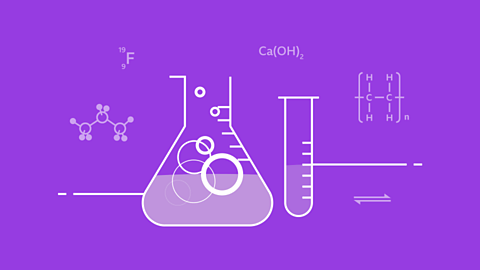
GCSE Chemistry: exam-style questions
CCEA Foundation and higher GCSE interactive tests based on past papers to get you ready for your chemistry exams. Topics include the periodic table, equations and more.
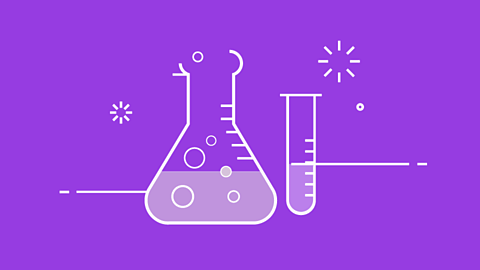
GCSE Chemistry: quick-fire questions
Use our interactive quiz to understand how the CCEA foundation and higher chemistry GCSE exams work. Revise topics such as the periodic table and equations.
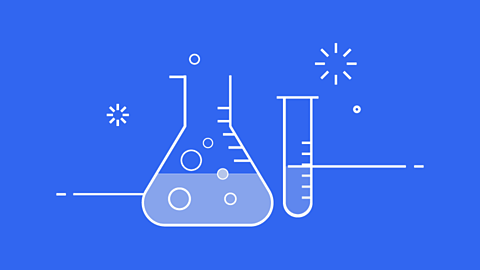
Quizzes
QUIZ: Acids, alkalis and salts (1)
This interactive quiz is for GCSE Chemistry (single science) students studying acids, alkalis and salts. Test your knowledge on neutralisation, reactions with acids and solutions.
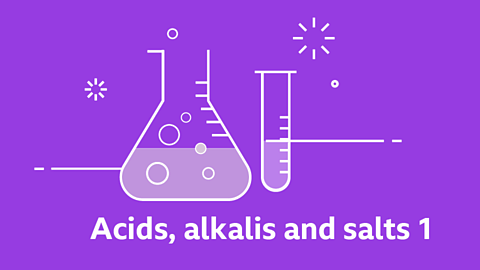
QUIZ: Acids, alkalis and salts (2)
This interactive quiz is for GCSE Chemistry (single science) students studying acids, alkalis and salts. Test your knowledge of indicators, reactions and chemical equations.
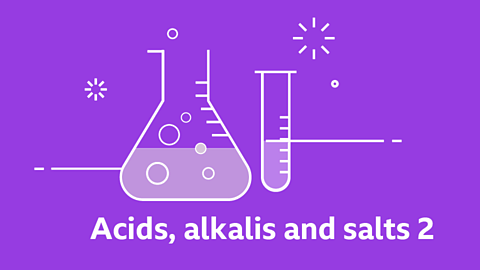
Unit 1: Structures, trends, chemical reactions, quantitative chemistry and analysis
Atomic structure
Revise how scientists first viewed the atom, the electronic configuration of an atom and the chemical reactions based on different configurations.
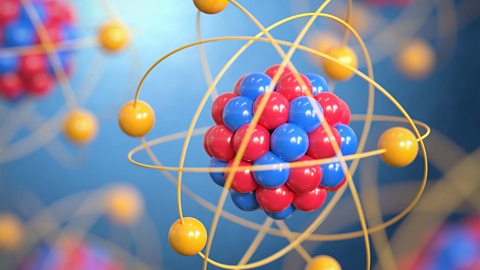
Bonding
Revise the difference between ionic, covalent and metallic bonding, and understand how to interpret dot and cross diagrams.
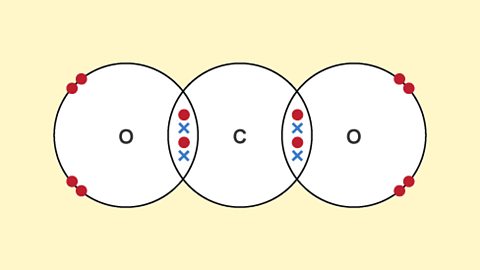
Structures
Revise covalent and ionic compounds and structures, and see how the two types of bond give rise to different physical properties in the resulting substance.

Nanoparticles
Learn about nanoparticle properties and their surface area to volume ratio.

Symbols, formulae and equations
Learn how symbols, formulae and equations help chemists to explain chemical reactions in detail.
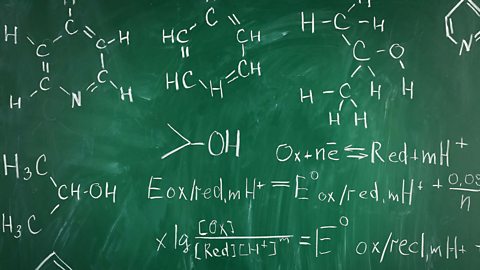
The periodic table
Revise the history, patterns and structure of the periodic table including; groups and periods; group 1 metals; transition metals; non-metals; reactivity.
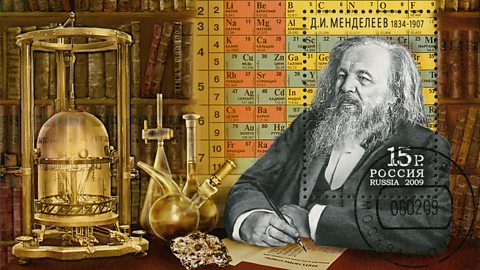
Quantitative chemistry (1)
Learn about how chemists use relative atomic masses and relative formula masses to carry out mole calculations.

Acids, bases and salts
Learn about how many chemicals are acidic, neutral or alkaline and how we can distinguish one from another using indicators.
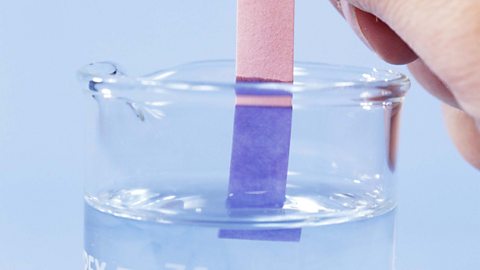
Chemical analysis
Learn how to separate and analyse chemicals using filtration; crystallisation; paper chromatography; simple and fractional distillation; flame tests.
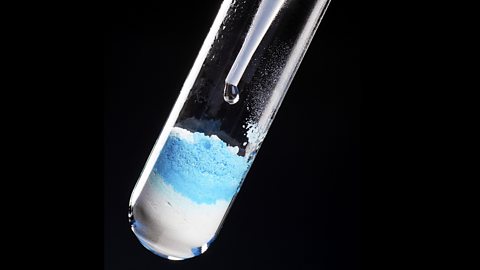
Solubility
Learn about how solubility is a measurement of the maximum mass of a substance which will dissolve in 100 g of water at a particular temperature.

Unit 2: Further chemical reactions, rates and equilibrium, calculations and organic chemistry
Metals and the reactivity series
Learn about how the reactivity series ranks metals by how readily they react. More reactive metals displace less reactive metals from their compounds and react with water.
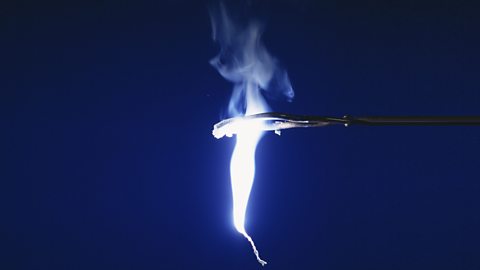
Redox, rusting and iron
Learn about how oxidation is loss of electrons, gain of oxygen or loss of hydrogen. Reduction is gain of electrons, loss of oxygen or gain of hydrogen.
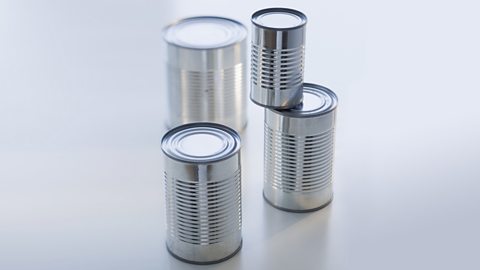
Rates of reaction
Learn how to measure rates of reaction and how to impact the rate by changing the temperature, concentration and surface area or by using a catalyst.
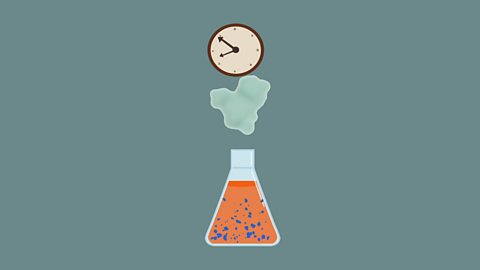
Equilibrium
Learn and revise the Haber process, Le Chatelier's principle, reversible reactions, the symbol for this and dynamic equilibrium.
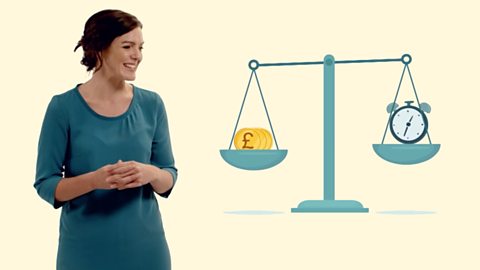
Organic chemistry
Learn about how an organic chemical contains the element carbon and the four different homologous series of organic compounds: alkanes, alkenes, alcohols and carboxylic acids.
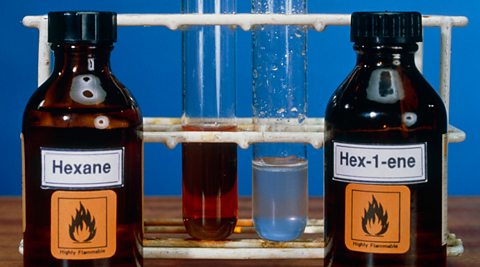
Quantitative chemistry (2)
Learn how to use moles of a solute dissolved in a solution and moles of a gas to carry out calculations.

Electrochemistry
Learn about electrochemistry and explore the principles behind electrolysis, oxidation and reduction equations and extracting aluminium.
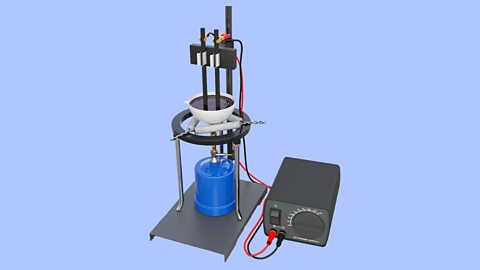
Energy changes in chemistry
Learn about chemical reactions and how energy is transferred to or from the surroundings. Find out about reactions and temperature changes and ways of calculating energy changes.
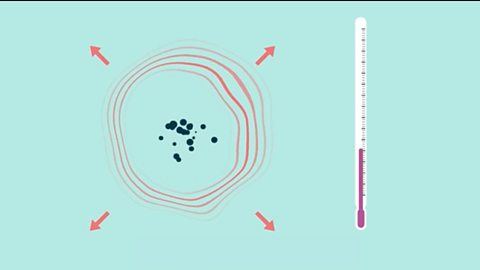
Gas chemistry
Learn about the gaseous elements and compounds in the Earth’s atmosphere; nitrogen, ammonia, hydrogen, oxygen, metal and non-metal oxides and carbon dioxide.
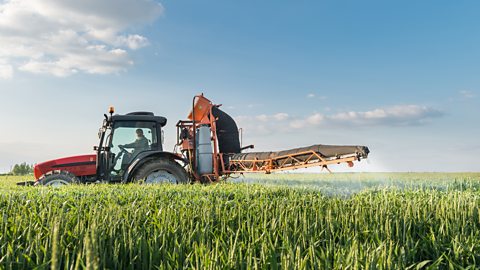
Unit 3: Prescribed practicals
C1 - Determine the mass of water in hydrated crystals
Learn how to carry out this experiment where you heat hydrated iron(II) sulfate crystals, and record mass measurements, to calculate the mass of water in the supplied crystals.
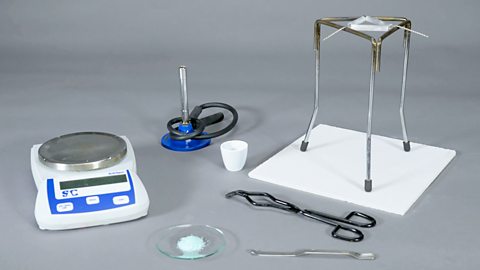
C2 - Investigate the reactions of acids
Learn how to investigate the reactions of acids, including the temperature changes that occur.

C3 - Investigate the preparation of soluble salts
Learn how to make a soluble salt from a base and make a soluble salt from an alkali.
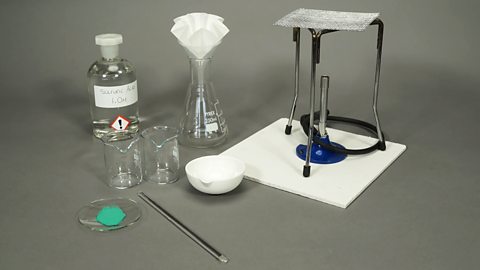
C4 - Identify the ions in an ionic compound
Learn how to identify the ions in an ionic compound using chemical tests.
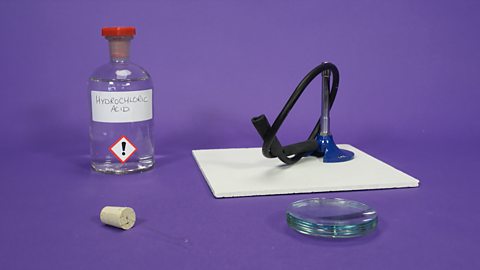
C5 - Investigate the reactivity of metals
Learn how to determine the relative reactivity of metals through this experiment.
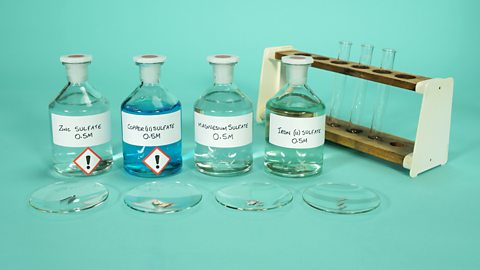
C6 - Investigate the rate of reaction
Learn about how to carry out an experiment to explore the rate of reaction.
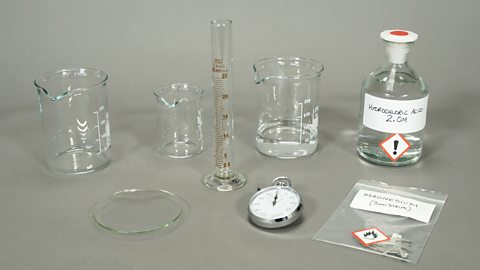
C7 - Investigate the reactions of carboxylic acids
Learn how to carry out an experiment to investigate the reactions of carboxylic acids.
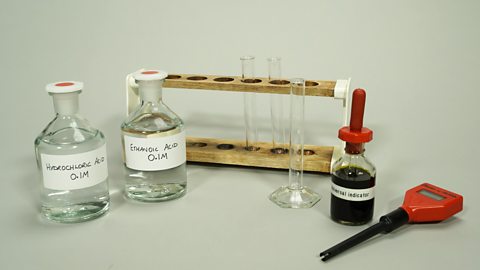
C8 - Titration
Determine the reacting volumes of solutions of acid and alkali by titration and determine the concentration of solutions of acid and alkali by titration.
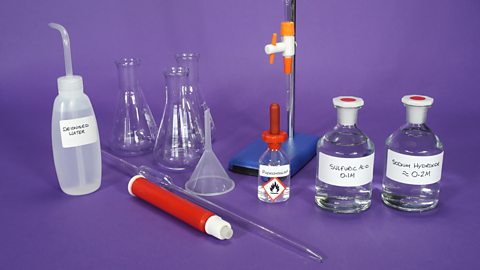
C9 - Investigate the reaction of gases
Learn about how to investigate the preparation, properties, tests and reactions of the gases hydrogen, oxygen and carbon dioxide.
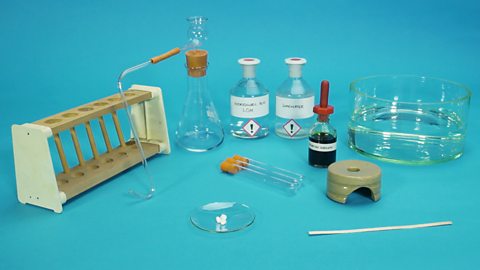
Practical skills
Practical skills
Plan, observe and evaluate experiments with a hypothesis, variables and conclusions, using scientific equipment like a measuring cylinder or a burette.
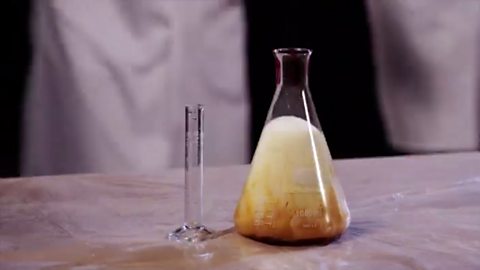
Links
- External linkExternal link
- SubscriptionSubscription
- External linkExternal link
- External linkExternal link
- External linkExternal link
- SubscriptionSubscription
- External linkExternal link